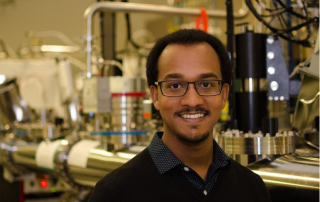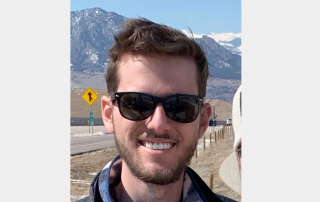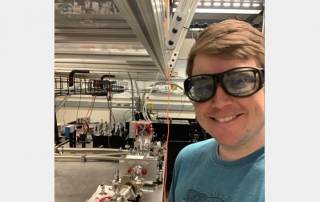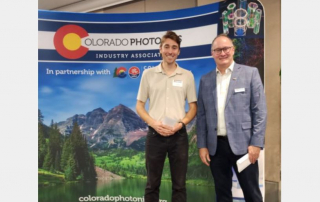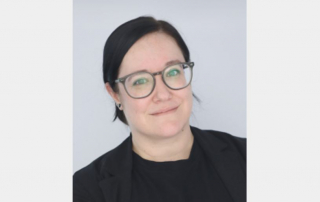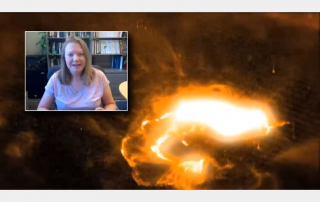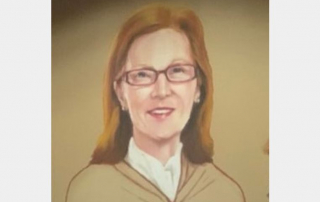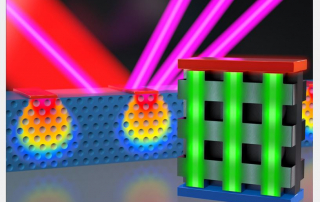Congrats to Kwabena Bediako for Receiving a Heising-Simons Faculty Fellowship
The Heising-Simons Faculty Fellows Program catalyzes scientific discovery by investing in high-risk, high-reward research directions. The Program supports exceptional faculty working on topics in a diverse set of fields, including astronomy, physics, geology and geophysics, materials sciences (in both physics and engineering), and physical and materials chemistry. Program awards will focus on creative and novel approaches that promise to lead to important scientific breakthroughs contributing to a greater understanding of the universe and its components, from the molecular and atomic to the geological and planetary scales, among other areas. Awards also fund the development of new tools, techniques and measurements that help probe these physical phenomena in new ways.
The Heising-Simons Faculty Fellows awards will be made to two UC Berkeley faculty members each year. Each $1M faculty award will be distributed over a period of five years. All early- and mid-career UC Berkeley faculty regardless of their home department are eligible to apply.
Prof. Bediako’s project is “Manipulating Electron Transfer with Twisted Interfaces”.
